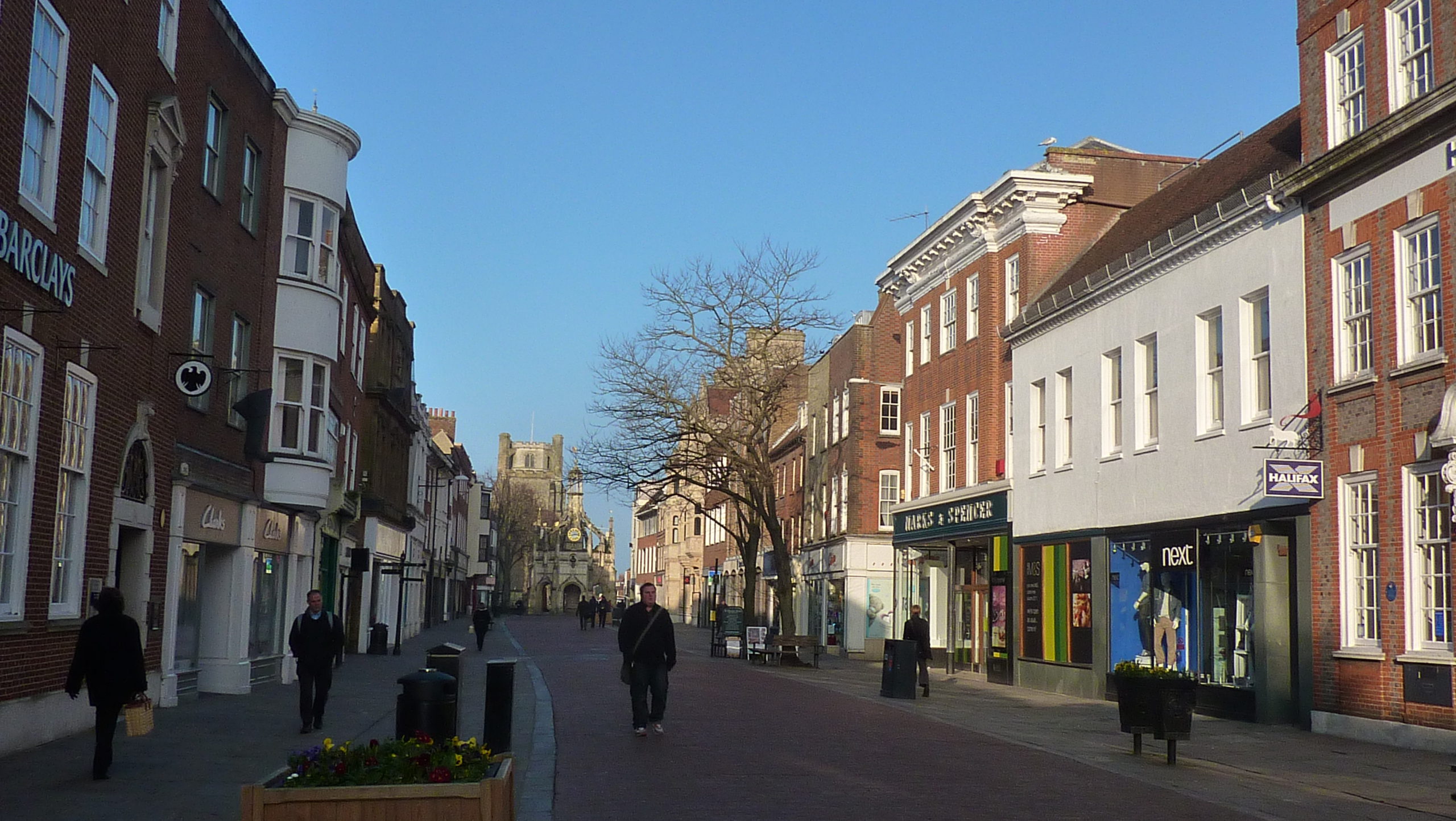Early rumblings of an online sales tax bubbled to the surface last week when the Treasury issued a call for evidence as it reviews the changing face of consumer buying habits.
Acknowledging that the Covid-19 pandemic has had a significant impact on how business is done, the Treasury said that it was looking at measures to ensure the tax system raises sufficient revenue and that the high street is not left at a disadvantage when competing with online vendors.
With footfall and sales in a continued decline on the high street over the last decade, the Covid crisis could not have come at a worse time. High streets were left deserted and despite restrictions on movement being eased, sales are nowhere near their pre-lockdown levels, with major brands suggesting they may never return to that level. At the same time, online sales, which were already increasing year-on-year, surged as consumers were stuck at home but still willing to spend.
With overall spending down, the Chancellor and the Treasury need to find a way of ensuring that tax receipts are not impacted by the move to online sales whilst also trying to level the playing field.
With the long running debate continuing over business rates on the high street, it would appear the Chancellor is now ready to act with various measures seemingly under consideration. Two specific online proposals are being looked at:
- a 2% tax on goods sold online
- a mandatory charge on consumer deliveries
Calculations suggest that a simple 2% levy would make up the gap in tax receipts normally generated through the high street. But many argue that any introduction of new taxation regimes are the thin end of the wedge and once established, the online sales tax is likely to see regular increases – putting online vendors under similar pressures to those faced by high street retailers feeling the squeeze from reduced sales and higher costs.
The wider review will also consider alternatives to the National Non-Domestic Rates (NNDR) system with one suggestion already being proposed to abolish business rates and replace them with a “capital values tax” – based on the value of land and the buildings on it. The concept being that this levy would be paid by the owner of the property rather than the business leasing it, helping to ease the strain on high street businesses.
